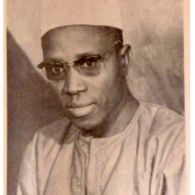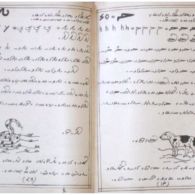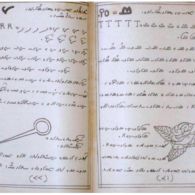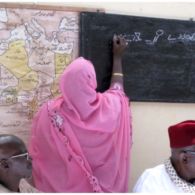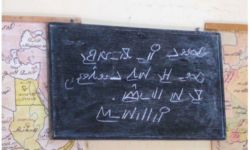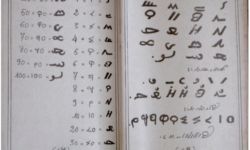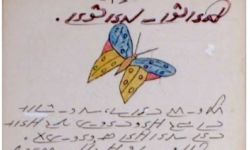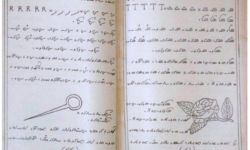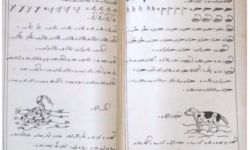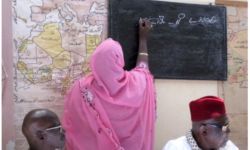Profile
The Garay alphabet, created by Assane Faye to write the Wolof language, which is the most widely spoken languages of Senegal, and also spoken in the Gambia and Mauritania, is one of many African writing systems invented as a response to colonialism.
In 1961, on the first anniversary of Senegal’s independence from France, the president, Léopold Sédar Senghor, went on the radio and called on all Africans in general, and Senegalese in particular, to “gather stones and build this new country.”
This made Faye reflect on what was missing, or what he could do to help. The next day, as he was told the story, he went to the beach in his village, which was called Yen, and passed a cave called Garay (the word means “the whiteness of the cotton flower,” as the interior of the cave was white) . At that moment, he reported, a vision struck him and he began writing on the sand. He called to a friend to bring him something to write on, and thus the alphabet came into existence.
The resulting script shows Arabic influence in being written from right to left. It also has its own calligraphic variant, which may be unique in world scripts in that every word self-underlines.
Since creating the script, Faye has offered lessons in it to hundreds of people over the years on a small-scale face-to-face fashion. He has translated the Qur’ān using it, and has a house filled with dozens of unpublished handwritten texts, some of which have been cited in secondary sources, but with little or no bibliographic control.
Charles Riley, a Yale librarian and expert on African scripts, visited him in 2009:
Continuing overland from Guinea, I took public transport into the Tambacounda region of Senegal, where for a couple of days, I collected some audio interviews with my old village and some of the neighboring villages. Since I’d last been in the area twelve years ago, a rural hospital and several ecotourism camps had been established, but the environmental pressures from overgrazing left some pretty apparent changes on the landscape. I continued onto Dakar from there, and touched base with Assane Faye, inventor of the Garay script he developed for Wolof in 1961. He has been offering lessons in it to hundreds of people over the years, translated the Qur’an using it, and has a house filled with dozens of unpublished handwritten texts, some of which have been cited in secondary sources, but with little or no bibliographic control. We worked together to digitize five of his texts, and the next day a previously scheduled outdoor press conference outside his home was held to discuss the history and usage of the script.
Subsequently, the script seems to have moved from being a linguistic cottage industry to something more contemporary. Garay now has a font, a Facebook page and a YouTube channel with teaching videos. Assane’s son Souleiman has taken over primary responsibility for teaching it.
Garay has also made a fleeting television appearance: in an episode of Star Trek: Discovery, the Universal Translator is infected with a virus and the computer begins to speak Wolof. At one point, the monitors on the bridge of the USS Discovery display the Garay script.
Amdy Diop, the new social media coordinator for the script,] acknowledged that the script is still used by a small number of Wolof speakers, but ‘hopefully with technology, the newer generation like us will be able to do something about it.’
A side note: it is possible that English has inherited some words from Wolof: ‘banana,’ via Spanish or Portuguese, and ‘yum’ or ‘yummy,’ from the Wolof nyam, to taste.
Postscript: we are sad to report that Assane Faye passed away in October 2021.
–Edited and updated by Eddie Tolmie.
You can help support our research, education and advocacy work. Please consider making a donation today.
Links
General Script, Language, and Culture Resources
- Omniglot
- Wikipedia
- Unicode (PDF)
- Musical App for Learning Wolof (Garay)
- Web Article detailing research for Garay and other scripts
- Scriptsource
- Wolof (Garay) Speaking Book
- Introductary Video on Garay Alphabet
- Skyknowledge
Community Resources
- Facebook for Garay Script
- Wolof (Garay) Online Learning Resources
- Background on Wolof (Garay) with learning opportunities
